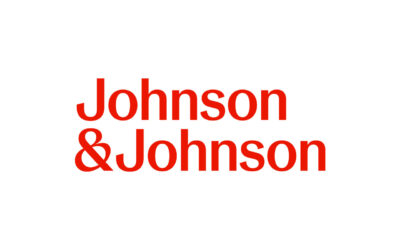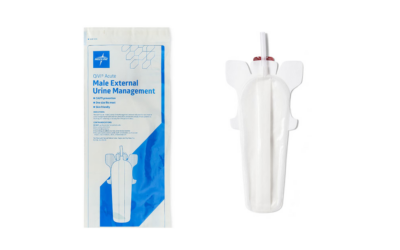By Zach Parker
An interim director of surgical services is familiar with unpredictability. In a new assignment, the needs of the OR, often disparate, compete for their attention. Prioritizing what to execute first is a delicate balancing act.
Throw a pandemic into the mix and those challenges can be magnified 1000x.
How have evolving expectations during a global health crisis affected interim leadership? A handful of interims share their thoughts.
How Specter of COVID Changed Surgery

Tom Callan, RN, MHA
During the early stages of the pandemic, elective surgeries shut down. However, earnings from surgeries can be as high as 65% of a hospital’s revenue. Waiting for a vaccine was not financially feasible. In response, organizations had to create policies to safely handle COVID patients when they enter the OR.
“Many facilities did not, and some still don’t, fully understand how to work within COVID so they can keep surgeries going,” says Tom Callan, RN, MHA. “Halting surgeries and the need to spend more money to make staff COVID safe were huge hits to the financial status of many hospitals.”
Diana Potenza, RN, currently on interim assignment at Chinse Hospital in San Francisco, says that their OR rarely has COVID patients. However, they have dedicated one room, with negative pressure, to treat COVID-positive patients when they need care.
“Fortunately, elective services are starting to build up again, but we definitely saw a decrease in surgery after we started them up again because most patients were afraid to come to the hospital,” Potenza says.

Ora Wood, BSN, RN, MSHA, CNOR
Ora Wood, BSN, RN, MSHA, CNOR, an interim leadership and operations consultant, says one factor that made the increase in infection rates this past winter difficult to manage was that many facilities didn’t have as many COVID cases early in the pandemic.
“I think a lot of people thought they avoided disaster at first, so they were not prepared for the deluge during the fall and winter,” Wood says. “At a 450-bed facility here in St. Louis, they had 40 COVID patients early in the pandemic, but during the last few months, they had 100. They’re managing double what they thought they were going to get last spring but aren’t canceling surgeries.”
Despite a rough winter, Wood believes hospitals aren’t feeling quite as overwhelmed as before because they have plans in place appropriate for their unique circumstances.

Paula Axtell, BSN, RN, CNOR
Paula Axtell, BSN, RN, CNOR, agrees, saying that at this point, providers know what safe practices look like, but acknowledges that it has been an enormous learning curve to get there.
“We’ve never dealt with anything like this before, so it has been a challenging process to stay two steps ahead of a very fast-moving train to figure out how to still provide care to the community and keep everyone safe at the time,” Axtell says, who is currently interim perioperative director at Sierra Nevada Memorial Hospital-Dignity Health. “Now, we’re at the part where we need to continue to reassure people that it’s OK to come back to the hospital.”
COVID Surges Stretch Nurses Thin
As the pandemic unfolded last year, the need for inpatient nurses spiked. To the point where OR nurses were being asked to take on new responsibilities related to direct patient care.

Barbara Medling, MSN, BSN, RN, CNOR
“That was one of the biggest challenges I had,” Wood says. “Regardless of COVID, operating room nurses do not feel comfortable going onto the floor. We tried to prepare them as much as possible, but I saw nurses quit over it. It was a tough situation.”
“Some of us, like myself, have worked PACU, pre-op and the GI lab,” says Barbara Medling, MSN, BSN, RN, CNOR. “At a smaller organization, you get a broader range of skills and experience which has been an advantage during the pandemic. But most OR nurses are specially trained for surgical services and the bigger the facility, the more specialized they will be.”
Interim Experience Can Be an Asset
Paradoxically, the interim life is preparation for handling the curve balls COVID kept lobbing at hospitals. While COVID has taken priority over the usual tasks and priorities an interim is typically responsible for, vaccine roll-outs are providing hope that this coming year will be an improvement over the last.
“Interims are often asked to do more with less and this was the case even pre-COVID,” says Sue Silcox, BSN, RN. “You have to clear your mind and be totally open when assessing what’s going on at the facility you’re going into. Your orientation may be limited, so you have to hit the ground running.”
“From what I have read, to really know the efficacy of vaccinations and herd immunity, we need to see less severe cases of COVID and hospitalizations decreasing,” Axtell says. “COVID is not going away, but if we see a decline in severity of illness, I think that will mean we are coming out of the woods.”
– Zach Parker is an interim department manager at Whitman Partners.









